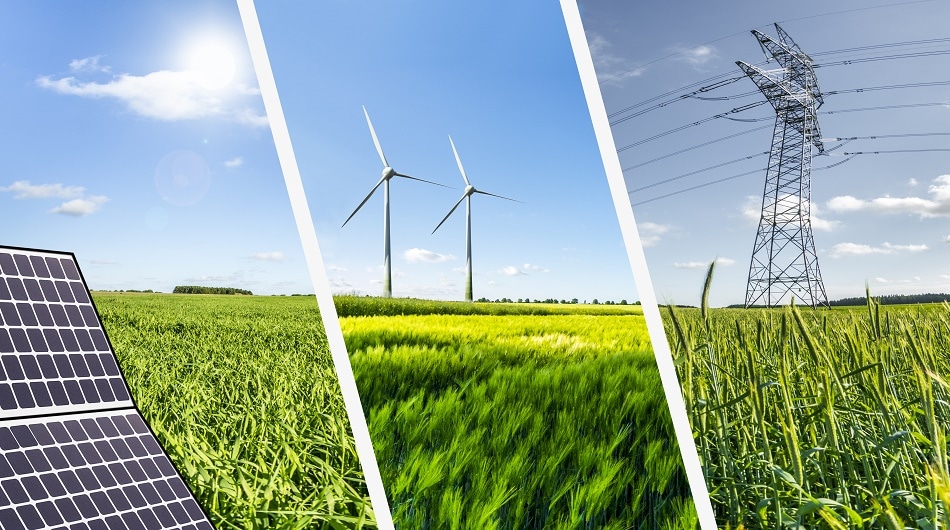
Image credit : Fotoldee / Shuterstock.com
Time may soon be called on the ever-increasing, global dependency on fossil fuels as renewable energy supplies are readied for a 50% expansion by 2024.
This is according to the latest report by the International Energy Agency (IEA), in which it is cited that increased government support and reduction in costs supports the growth of renewable energy solutions.
However, the Paris-based agency say that there is still work to be done in order to moderate the warming of the planet and directly address the current climate crisis.
Renewables are already the world’s second largest source of electricity. But their deployment still needs to accelerate if we are to achieve long-term climate, air quality and energy access goals.
Fatih Birol, Executive Director, IEA
As it stands, the development of new wind, solar, and hydropower technologies is climbing at its fastest rate in four years. This is a positive turnaround on last year’s figures which illustrated a stall in the growth of renewables throughout some countries and regions. “This is a pivotal time for renewable energy,” said Birol. “Technologies such as solar photovoltaics (PV) and wind are at the heart of transformations taking place across the global energy system. Their increasing deployment is crucial for efforts to tackle greenhouse gas emissions, reduce air pollution, and expand energy access.”
Current trends in the renewables market show that by 2024 up to 30% of the global energy supply will be driven by renewable energy sources. The IEA report also alluded to the fact that the “ability of consumers to generate their own electricity” means that electricity providers and policy makers around the world now face new challenges and opportunities. This follows on from the fact consumers are becoming increasingly conscious of environmental issues and are making the demand for new solutions.
While the US and countries within the European Union step-up their efforts to increase the usage of wind turbines and solar PV panels, it looks set to be China that will be at the front when it comes to deploying these technologies. The IEA claim that China is forecast to account for almost half of global distributed PV growth. This means China will overtake the European Union and become the world leader in renewable energy as early as 2021.
Most of the gains in renewable energy will come from solar power which may account for up to 60% of the forecasted increase. This is in part generated by falling costs of utility-scale and other developments such as increases in energy efficiency in solar PV technology. This levels the playing field when it comes to the cost of building and running solar energy plants in comparison with fossil fuel energy sites.
What’s more is that in recent years there has been a significant increase in the number of solar panels installed onto the rooftops of homes, factories, and offices around the world. These numbers are set to swell over the coming years too, with over 100 m homes likely to install the panels which would see an increase of 500 GW and onshore wind also shows a similar expansion.
The IEA report says, “This is because economies of scale combined with better alignment of PV supply and electricity demand enable more self-consumption and bigger savings on electricity bills in the commercial and industrial sectors.”
While these facts and figures do make for positive reading, the IEA declared a desired, “accelerated scenario”, whereby annual deployment would increase 26% higher than the current forecast. The Renewables 2019 report states that in order to meet sustainable energy targets governments, policy makers, and industry must address three main challenges: 1) policy and regulatory uncertainty; 2) high investment risks in developing countries; and 3) system integration of wind and solar in some countries.
The world is in a phase of rapid climate transformation which has been widely declared as an emergency. Therefore, a focus on finding and building solutions to address the global heating and pollution remains a defining issue of our times.
Disclaimer: The views expressed here are those of the author expressed in their private capacity and do not necessarily represent the views of AZoM.com Limited T/A AZoNetwork the owner and operator of this website. This disclaimer forms part of the Terms and conditions of use of this website.